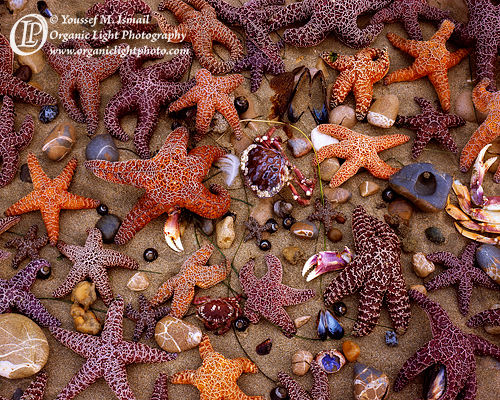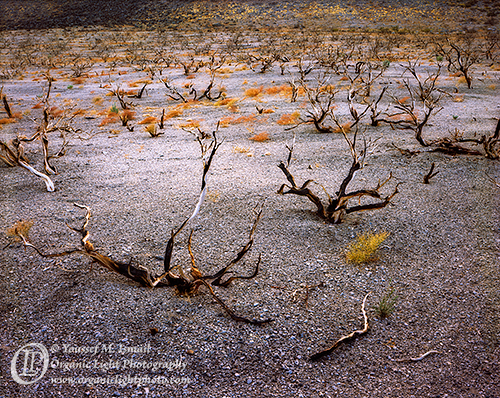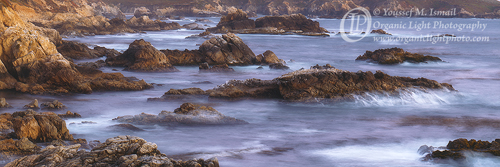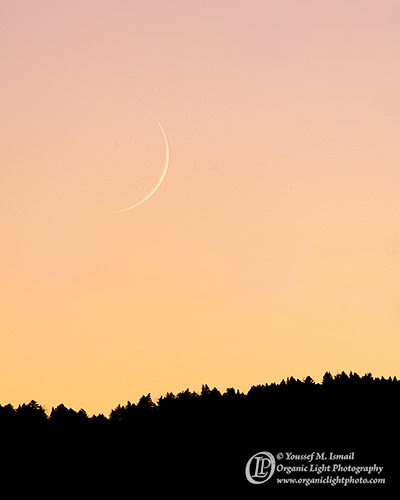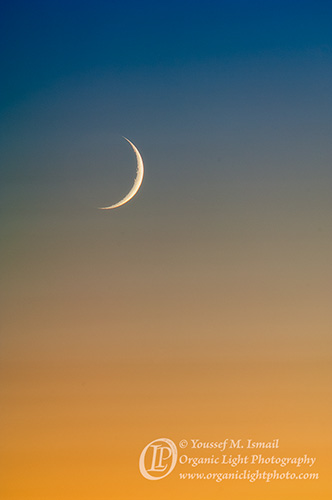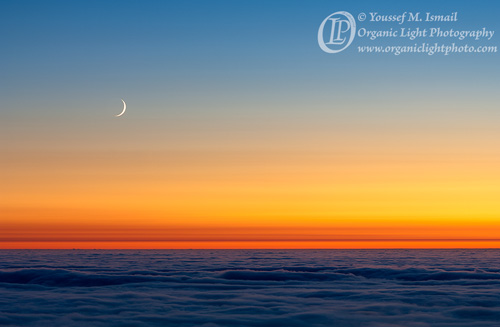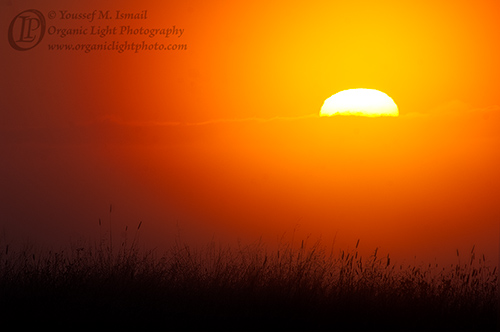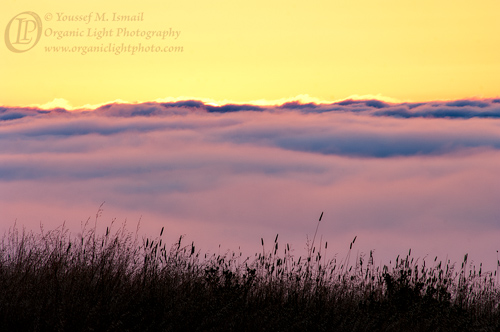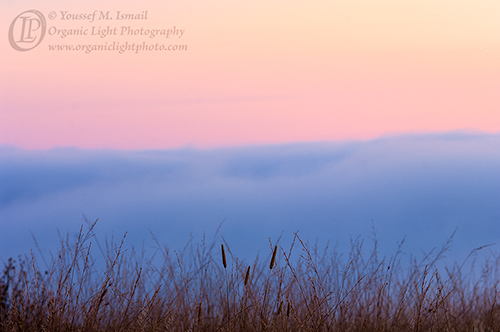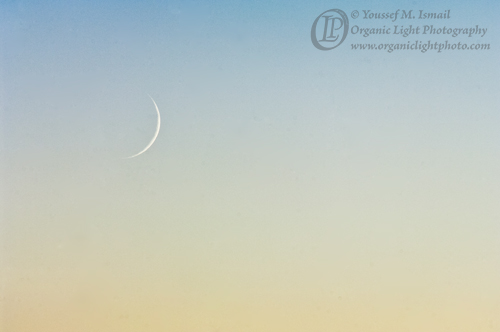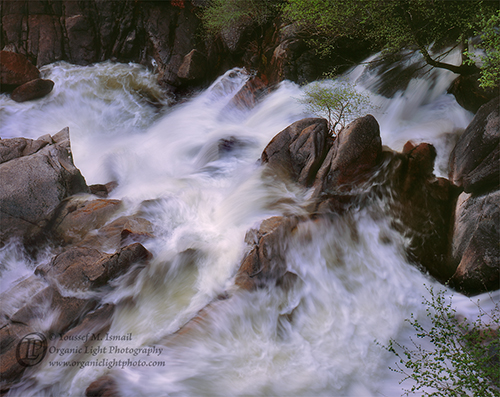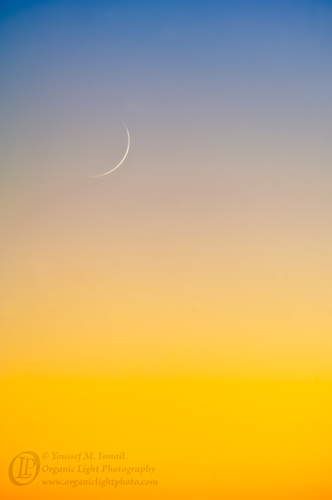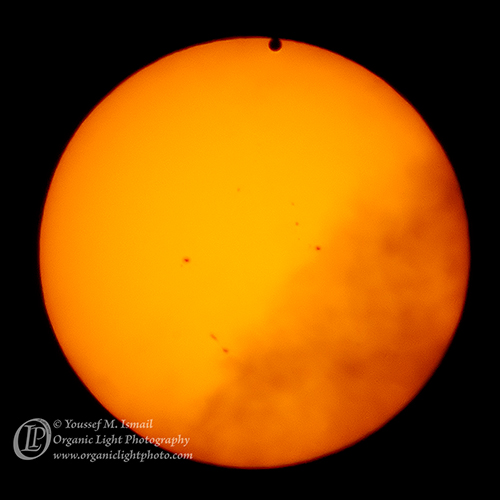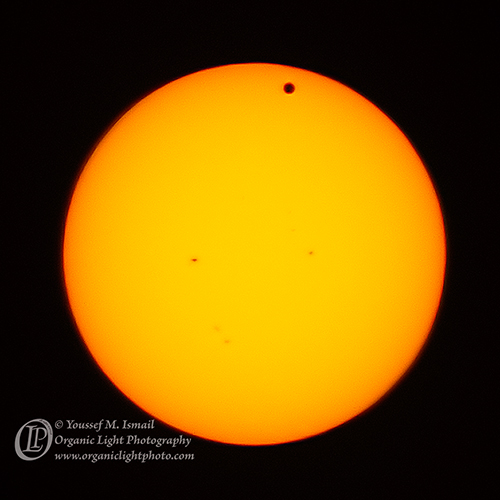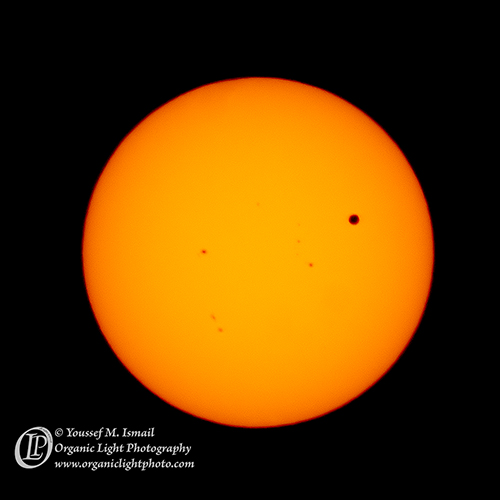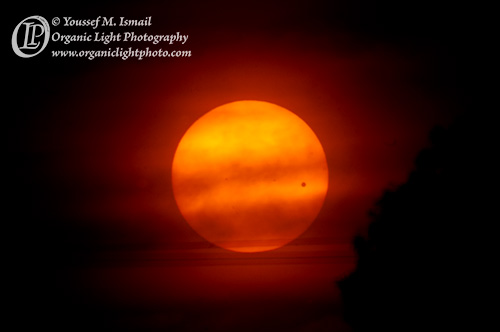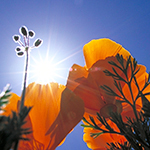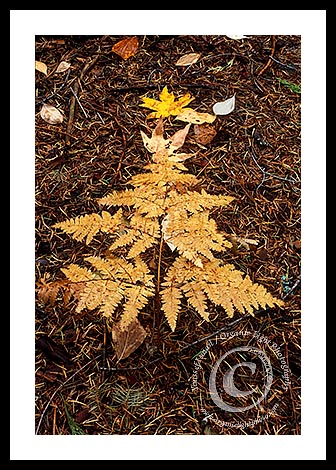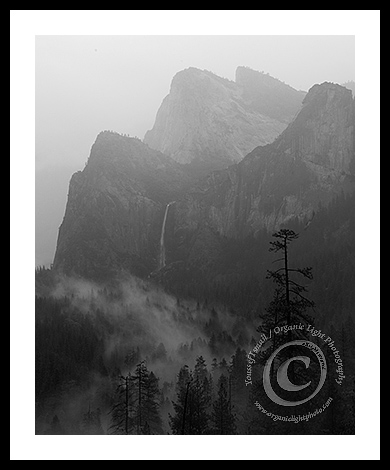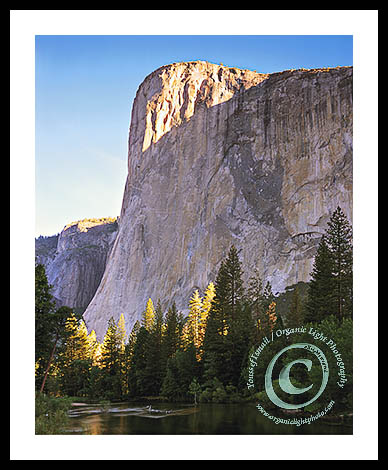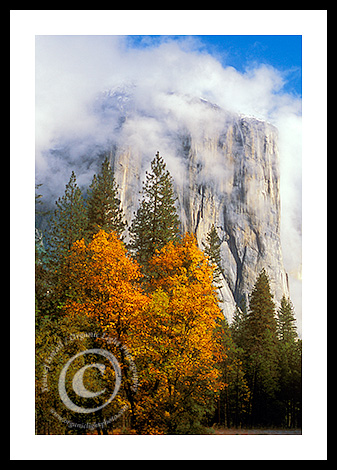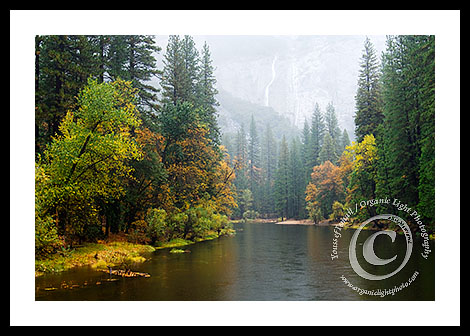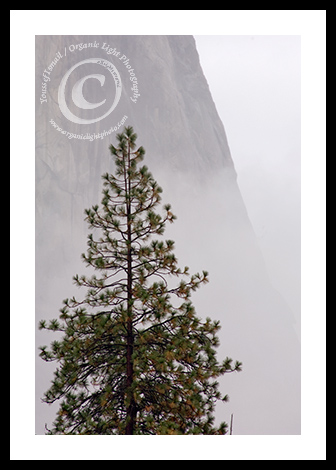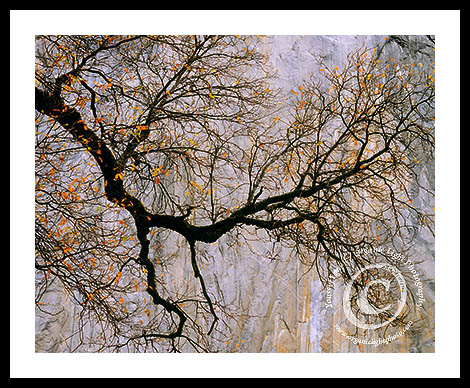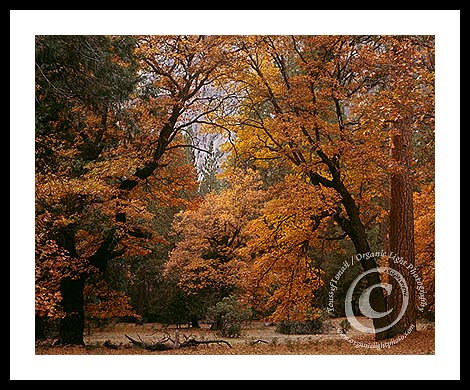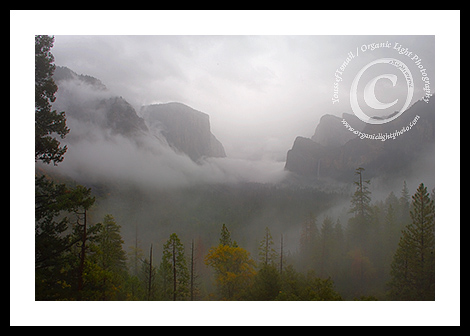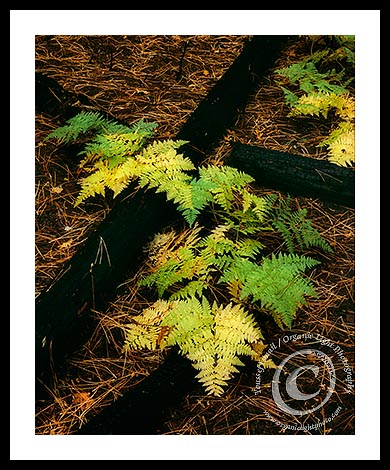Seaing Stars
Last July, that would be in 2011, I came home from a long day of teaching a summer camp in the midst of heat wave in the San Francisco Bay Area to find my intrepid 4 photo assistants flailed about the home studio sweltering in the heat. It was still hours before sunset and so I suggested a trip to the coast for a little heat relief and possibly for some photography. With that intent we headed out. The result of that outing, if you are a regular reader here, you might recall was narrated in The Gathering. That photo turned out to be one of the most popular photos at my exhibit in the last year and a half. It prompted me to think up of other similarly gathered items from locales that I photograph.
One year after ‘The Gathering’ was made, I found myself with my 4 assistants again trampling around on Pescadero beach on a day that not only had a low tide, but a substantial negative tide. I stood on portions of the beach that I have never been on, seen creatures in tide pools that you normally could not see, and touched rocks that for most of the year remained constantly under water. About an hour before sunset, I started noticing the number of starfish that were clinging to the exposed rocks. Too close to the surf for me to set up and operate the large format camera without getting completely soaked and ruining the camera my mind suddenly flashed to the ‘The Gathering’ once more. I rallied my assistants and instructed them that we were going to make another collaborative photo but this time the subject was to be sea stars! They were gung-ho and off they went.
We managed to gather about 10 sea stars and arranged them further up on the beach away from the surf and made a photo. We felt that the number of sea stars seemed sparse and we needed more but unfortunately the sun was setting, the surf was rising and we needed to call it a day. After putting the sea stars back on the rocks at the water line, we headed back to the car and I consulted a phone application I have on my phone called Tide Graph and found that 10 days later another negative low tide would occur that was even lower than what we had just experienced. So we set the date and made a plan to return.
On our second trip I gave clear instructions to my assistants that we had one goal – gather as many sea stars as we could possibly find. We gave ourselves three hours of gathering time and I further instructed them that they should stay as dry as they could, it was after all mid September and the Pacific Ocean along the Northern California coast is not exactly heated to a comfortable swimming temperature, and I let them loose. I set up my camera further up on the beach away from the water and started to look for sea stars myself. I found a few but my team started to bring even more. With each new batch my assistants returned with more and more of their bodies soaked in seawater. I reminded them about staying dry but the response was that they needed to reach the starfish!
At one point I looked around the beach and did not see the team anywhere. Suddenly a small head pops up out of the water followed by two others! Mind you they are fully dressed wearing waterproof rain jackets that are now water soaked. Moments later I had three assistants running up to me completely soaked from head to toe, each toting several sea stars. The youngest of my assistants offers up the excuse that the pool she was in did not seem so deep, but then slipped and fell face first into water and it was so FUN! My youngest son, rushes up and says with emphatic curiosity “Baba, Baba, it does not hurt when you open your eyes under the ocean! Why?!” I explain to him that the salinity of the ocean is the same as that of our blood and our tears and so it is as if you opened your eyes in a big ocean of tears. He continues, “its amazing down there, you can see so many different plants and animals all over the place on the rocks, it is the coolest thing I have ever done!” I then ask him “are you not cold?” He replies “Yes I am but its so fun swimming in the ocean and I can hardly feel my giblets anymore. They feel like ball-cicles!” and off he went back to the water and searching for more sea stars. At one point a couple walking along the beach saw my intrepid team neck deep in a large tide pool and also asked them if they were cold. My team replies gleefully “it used to be, but now we we can’t feel it anymore”.
Soon the number of sea stars became significant and the arrangement started to look very full. My oldest son comes up the beach with his small pouch filled with not only sea stars but two live purple shore crabs and suggested we include them as well. His reasoning was that they too were exposed by this low tide and that is what this photo is really about. He had a great idea. So we placed them in the arrangement and remarkably they did not run off, at least not right away. His suggestion about what was found at low tide was exactly what this photo needed to make it interesting. So as the team continued with finding sea stars I started to comb the beach for detritus either washed up or left behind by the receding surf. I collected interesting stones like those in the ‘The Gathering’, muscle shells, other shore crab shells, some complete and some partial, black turban sea snails, Dungeness crab claws, and I even found one complete half of a Dungeness crab shell with a claw and four legs. When they all finally came up the beach with their last haul of sea stars they noticed all the other items and were both shocked and impressed. To finish it off they insisted on including a feather, a single feather that they found rolling around on the beach pushed by the breeze. We debated its inclusion for a bit, but in the end, as it was found on the beach below the normal tide line and we included it.
The whole day had been overcast so the light was flat, perfect for this kind of photo. However it was also somewhat bland as well. Then about 20 minutes before sunset, the fog above us started to glow with a faint reddish-pink tone that warmed the arrangement just perfectly. It was then that I made the photo. We then began taking the sea stars back to the water line and placed them back on the rocks and in the surf where they could reattach themselves and continue on with their patient existence.
We walked back to the car exhilarated with the experience. Suddenly I realized that my car seats were about to become as soaked as my assistants. They were all shivering now, with sea water dripping from their chins and fingertips, feet covered up to their ankles in sand. My car was about to become an extension of the beach. They climbed in as I started the car and tuned on the heater to help warm them up. The windows quickly fogged up and so I started to alternate between the heater and the air conditioner to defrost the windshield so that I could see where I was driving.
Normally the return drive from the beach with my assistants usually devolved into an argument about who is going to shower first when we arrived at home. On this occasion however, something magical happened. Because the experience they had of ‘swimming’ in the ocean was so powerful, all they could do was recount their intrepidness to each other. Each trying to out do the others’ stories. I heard things from them like I had never heard before. Snippets about how they all would charge into the water to save their youngest compatriot when they saw the her fall down, how they would sit at the edge of a pool and reach out to grab a star only to get washed over by a wave, and then giving up to the water and just going headlong into it. Recounts of how the water was so cold that they could not feel fingers and toes; but that it was so fun they were certainly not going to come out. My oldest daughter summarized it best; “this was the most fun I have ever had in my entire life!”
Once we came upon the town of Davenport, I pulled over and decided to stop at the Davenport Roadhouse to surprise my team with some hot chocolates to help them warm up. I had them stay in the heated car as I went into the restaurant; all the while they had no idea why I had stopped. What I had seen from them and what I would continue to see on the remainder of our return home were the stars that they are when they can get beyond themselves and their self-interests. When I walked back with the hot chocolates, I heard a cheer from the car. Now with warm fluids flowing through them, my oldest son finally exclaims “I can finally feel my middle toe again!” The rest of the ride home they worked out who would shower first when they got home, started ranking themselves with titles for the various actions they took at the beach; things like most wet, most coldest, biggest splash falling, most sea stars collected, most sand in pockets, coldest toes, and so on. It was the most enjoyable ride home that I can ever remember.
When it came to naming the photo, I only had to think back to that ride home and the four stars that I saw shining in that car. ‘Seaing Stars’, the photo below was, once more, the result of a collaborative effort of five souls whose love for the natural world brought them to that beach and through their individual and unique efforts gathered all these amazing creatures that are normally hidden from view.
Go out and find some magic for yourselves and your loved ones. The natural world has much to offer and the stories you come back with will be priceless.
Peace
